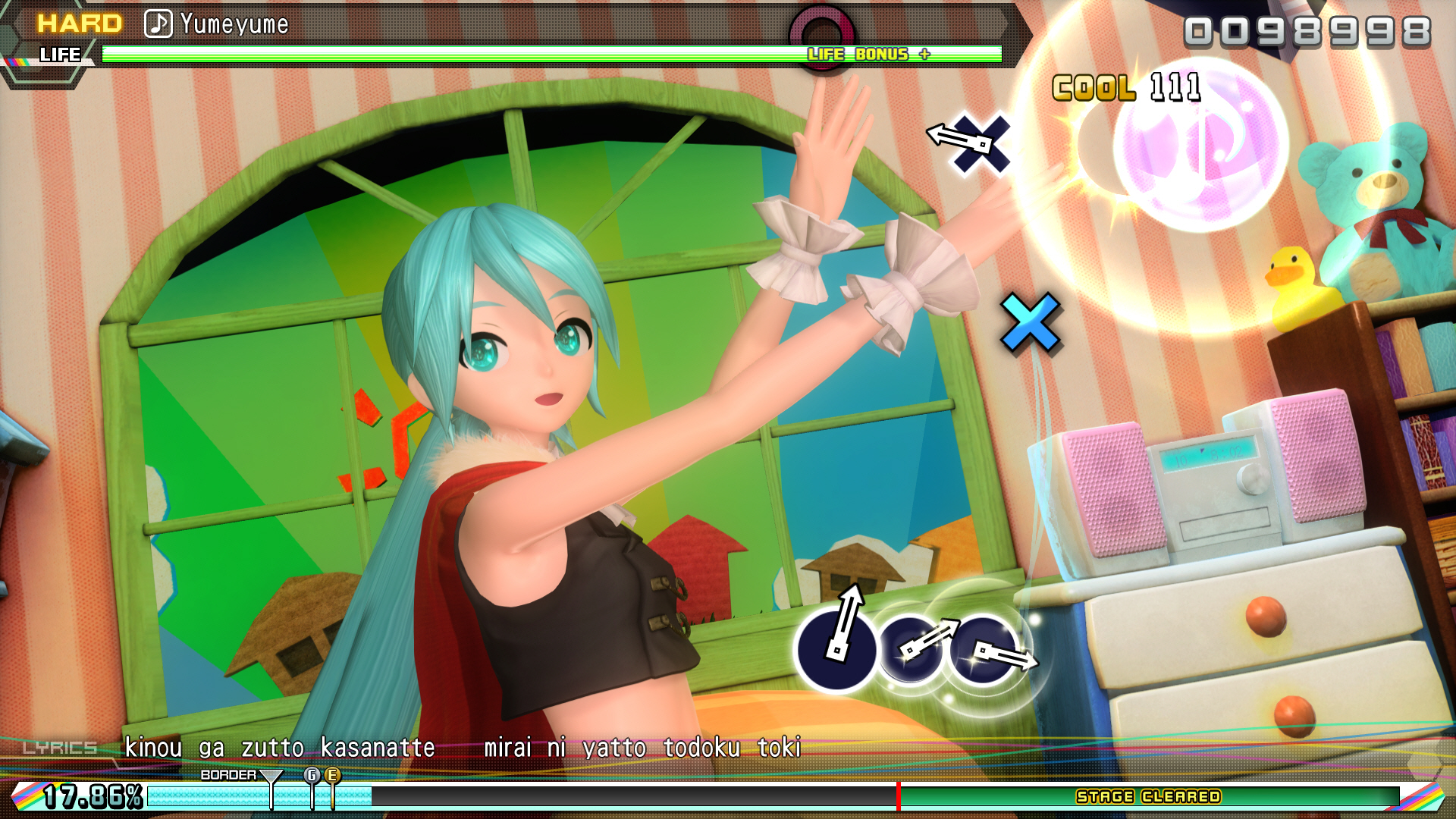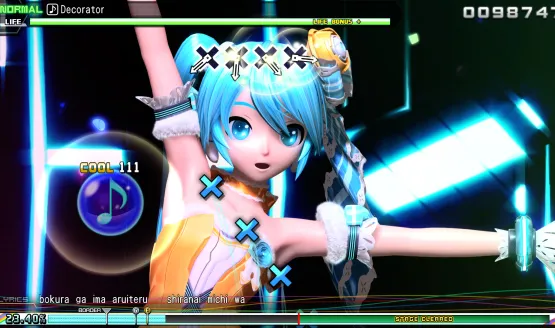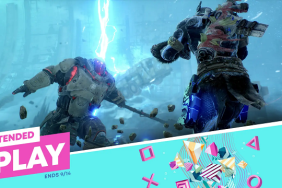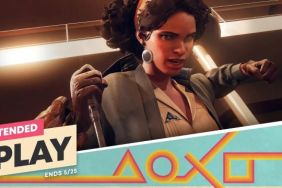Everybody’s favorite vocaloid Hatsune Miku is back for her biggest release yet. Called Hatsune Miku: Project DIVA Future Tone, the collection features over 200 songs from a 2010 arcade release. The songs are split into two different packs (Colorful Tone, which focuses on more upbeat tunes, and Future Sound, which has J-Rock style tracks) which are available for $29.99 separately or for $53.99 as a bundle.
Upon booting up the rhythm game I was greeted with a familiar looking tutorial. Once again the catchy “Ievan Polkka“serves as the background music while the game teaches players how to play. Anyone who has played past Hatsune Miku titles will be at home here, although there are a few mechanics that give the game some additional depth. This comes in the form of being able to get bonus points by holding a note out, having to move the right analog stick either left or right to deal with arrows (alternatively you can use the left or right bumper), and the game sometimes requiring the player to press multiple buttons at once. The gameplay hasn’t been reinvented by any means, but it does just enough to make it not feel entirely like a retread.
After once again being acquainted with the basics, I found myself looking at a huge list of songs. There was no unlocking to be done, or any career mode to play through, I was just looking at an alphabetical list of 200 songs. It was an entirely overwhelming way to throw the player into the fire, but I eventually sorted the list from a difficulty standpoint and started going down from there.
Colorful Tone
I quickly found myself humming along with many of the songs as I pressed the face buttons in unison with the on-screen prompts. The soundtrack in Future Tone is definitely one of its strengths, as it features some really good songs. Actually figuring out what songs you like is a bit difficult, though. This is sort of inevitable due to the sheer number of tracks, but thankfully players can favorite songs that they enjoy by just pressing the touchpad (which is necessary since I wasn’t going to be able to remember all of the track names).
Once a track is completed, the player earns some in-game currency that they can use to buy different costumes and accessories for Miku and the other selectable characters. There are some really fun costumes, but after buying one that made Miku look like Ulala from Space Channel 5, I sort of lost any desire to buy any additional outfits. The game really would’ve been better off if there was more stuff to spend currency on (such as bonus tracks), as I never felt compelled to play more tracks to unlock additional stuff.
That is Future Tone‘s biggest issue in a nutshell. Without any additional story or modes besides being able to watch the songs’ videos (which admittedly can be pretty awesome, just check out the video for “Gigantic Girl” above where Miku fights Godzilla), it just feels like a flat package. While I wasn’t the biggest fan of buying gifts for Miku in Project DIVA X, it at least made me laugh due to how incredibly stupid it was (I gave her an ice cream machine after all). There was something there that could’ve been built upon, and instead it’s just completely missing. It feels like a step backwards for the series.
No Structure
Hatsune Miku: Project DIVA Future Tone really shows how important structure is for a game. Without any sort of guiding hand, players are left to just randomly pick songs from a playlist. That might’ve worked fine for its arcade roots, where players would play one or two songs and then stop playing, but it’s absolutely detrimental for a console game.
Playing Future Tone is like if The Witness or Professor Layton took the player directly from one puzzle directly to another. So much is lost by streamlining the experience, and not having any connective tissue. Unlike previous Hatsune Miku games where you always had a reason to play through songs (be it to progress the story in Project DIVA X or unlock new songs), there’s no sense of motivation. Sure, I wanted to see all the songs, but it was dished out in such an unappealing way.
It also doesn’t help that the game has a dreadful list of 20 trophies that all revolve around either watching music videos (which you’ll have to do a total of 78 times), taking photos within videos (once again 78 times), or just playing all of the songs in each pack. That’s hardly interesting, and it’s really too bad as a solid set of trophies could’ve given the player some additional goals. This is a game with an incredible amount of content, yet little care went into crafting an enjoyable package surrounding it.
Future Sound
The one upside to the game lack of progression is that players have several difficulties unlocked straight from the beginning. This meant that I didn’t have to boringly trudge my way through over 200 tracks on easy. The game’s hardest difficulties (extreme and extreme+) are still locked, but all you have to do is beat a song on hard to unlock them. The hard tracks are pretty challenging in their own right, so even rhythm game veterans will find a suitable challenge from the start.
While I liked not having to grind my way from easy to hard, there is some weirdness to Future Tone‘s free-form structure. For example, not all songs have a version on every difficulty. After getting whooped on a particularly difficult song on hard, I figured I’d practice on medium. To my disappointment, there was no version of the song on medium, as only easy and hard versions were available. On the bright side, there is a no-fail mode that can be turned on, but it’s still strange to see the developer just skip difficulties for some of the songs.
Considering the amount of content that Hatsune Miku: Project DIVA Future Tone offers, it really had the potential to be a standout game. Instead, it’s only a paradise for hardcore fans as anyone else will likely grow tired of going through the extremely long tracklist. There’s very few hooks to grab the player’s attention, and unless you love the high score grind then there really isn’t much here. No story is being told like in Elite Beat Agents, and there’s not the slightest sense of progression as in Guitar Hero. Give Future Tone a go if you’re a Miku fan, but don’t be surprised if you find out that bigger isn’t always better.
Review code for Hatsune Miku: Project DIVA Future Tone provided by publisher. Reviewed on PS4 Pro. For more information on scoring, please read our Review Policy here.
-
Enjoyable gameplay
-
Ulala costume
-
Over 200 songs!
-
No structure
-
Tracklist is initially overwhelming
-
Not much to buy other than costumes
PSX 16 - Hatsune Miku Preview
-
Hatsune Miku Project DIVA Future Tone
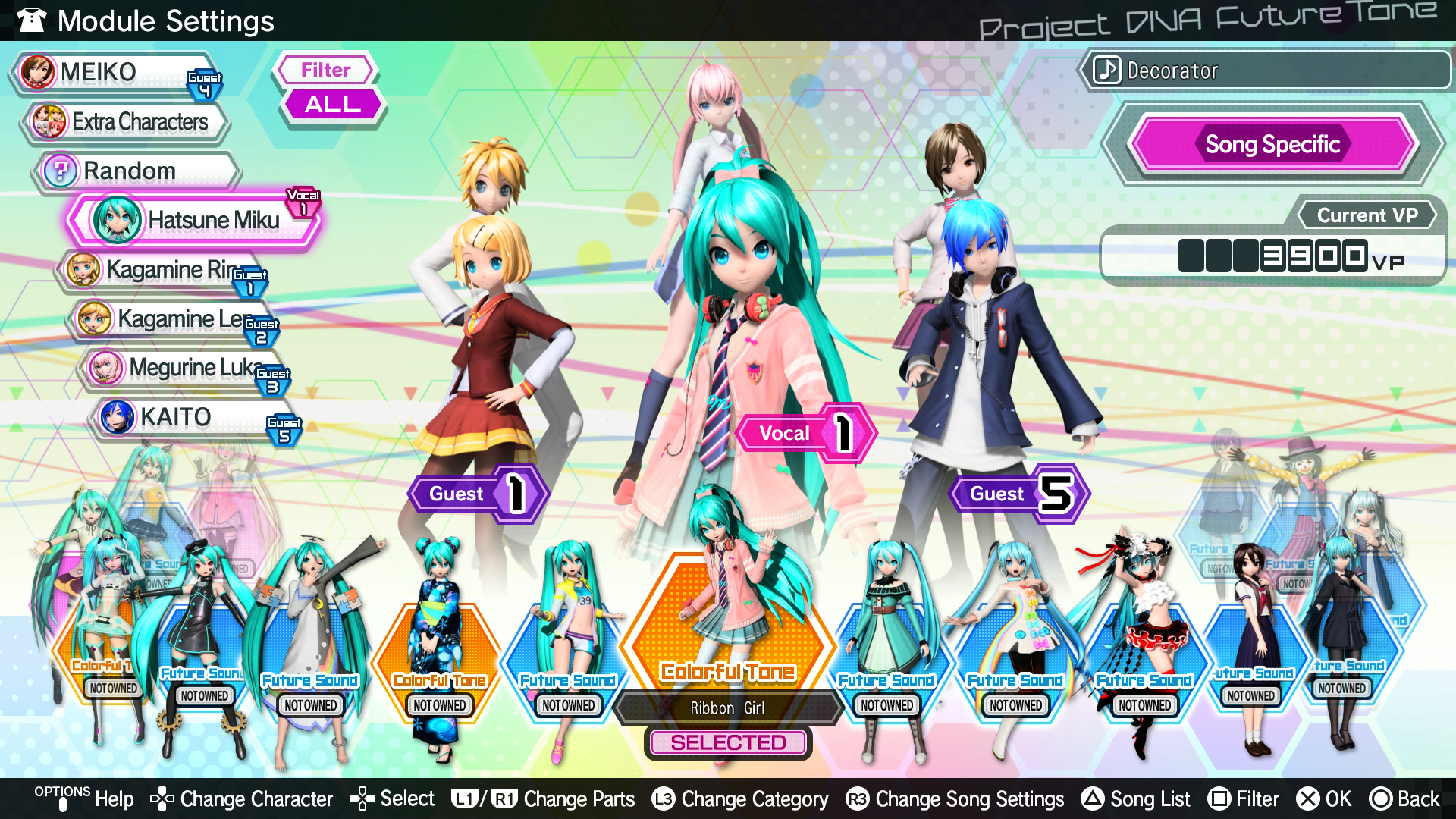
-
Hatsune Miku Project DIVA Future Tone
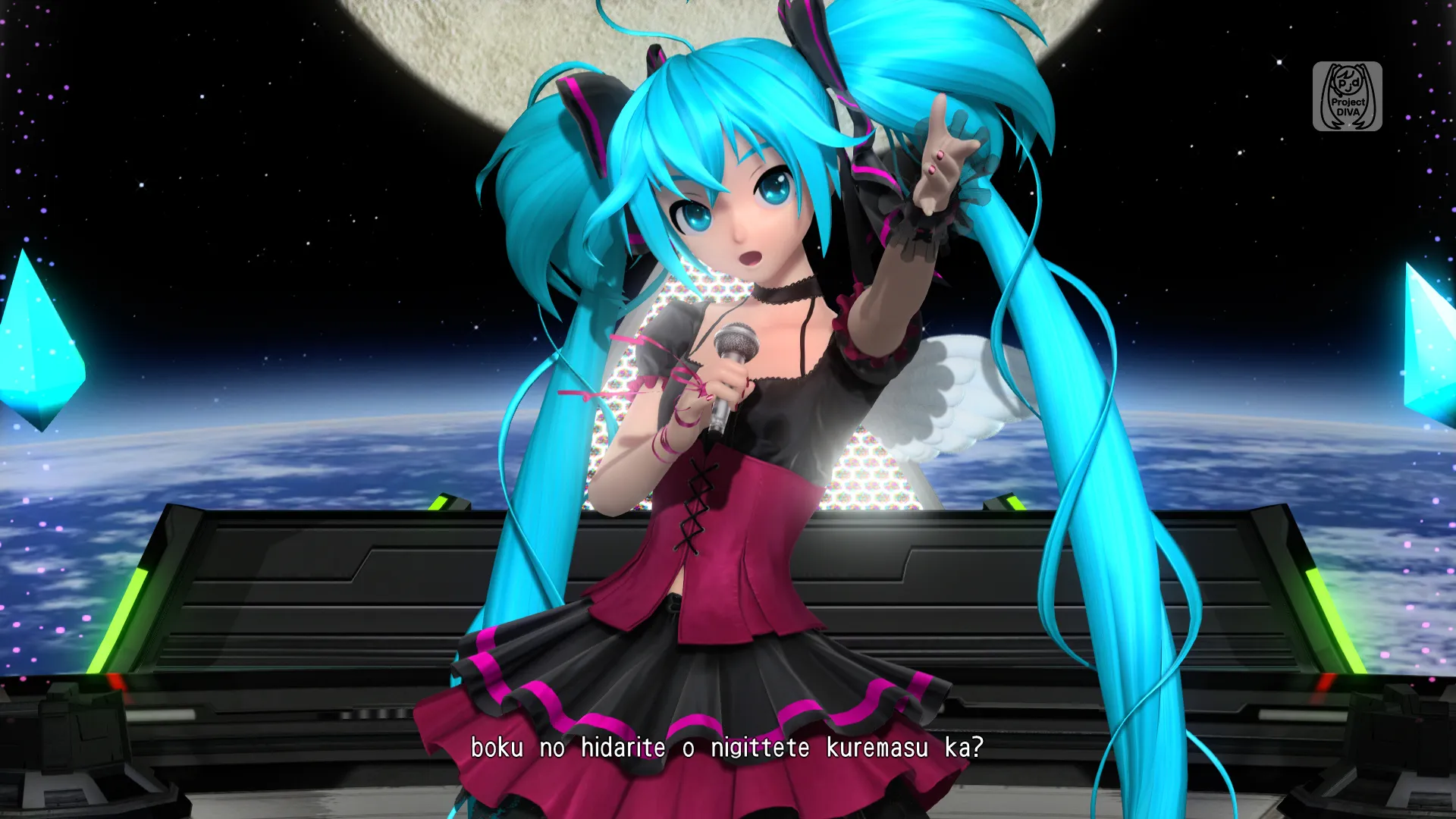
-
Hatsune Miku Project DIVA Future Tone
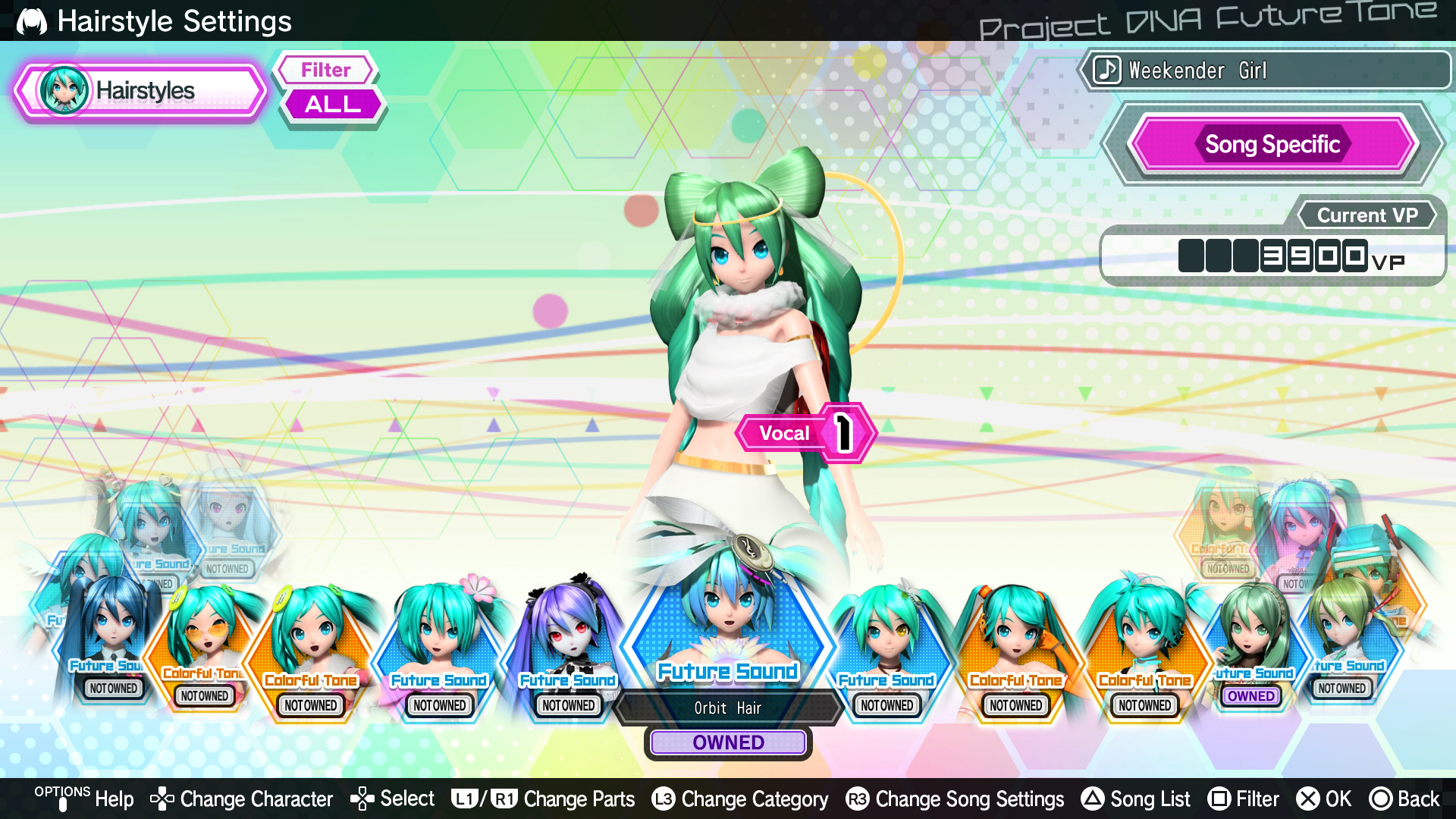
-
Hatsune Miku Project DIVA Future Tone
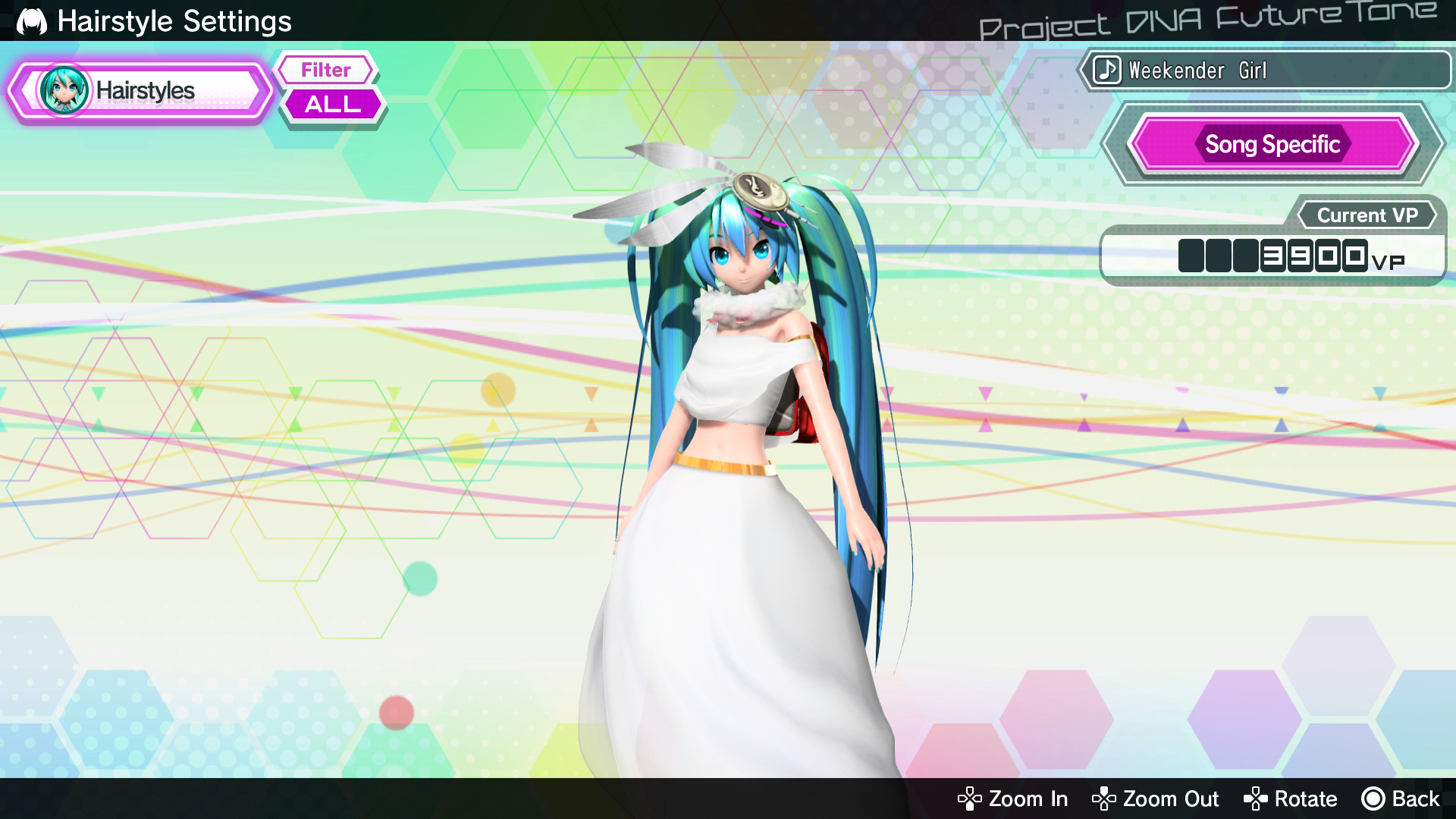
-
Hatsune Miku Project DIVA Future Tone
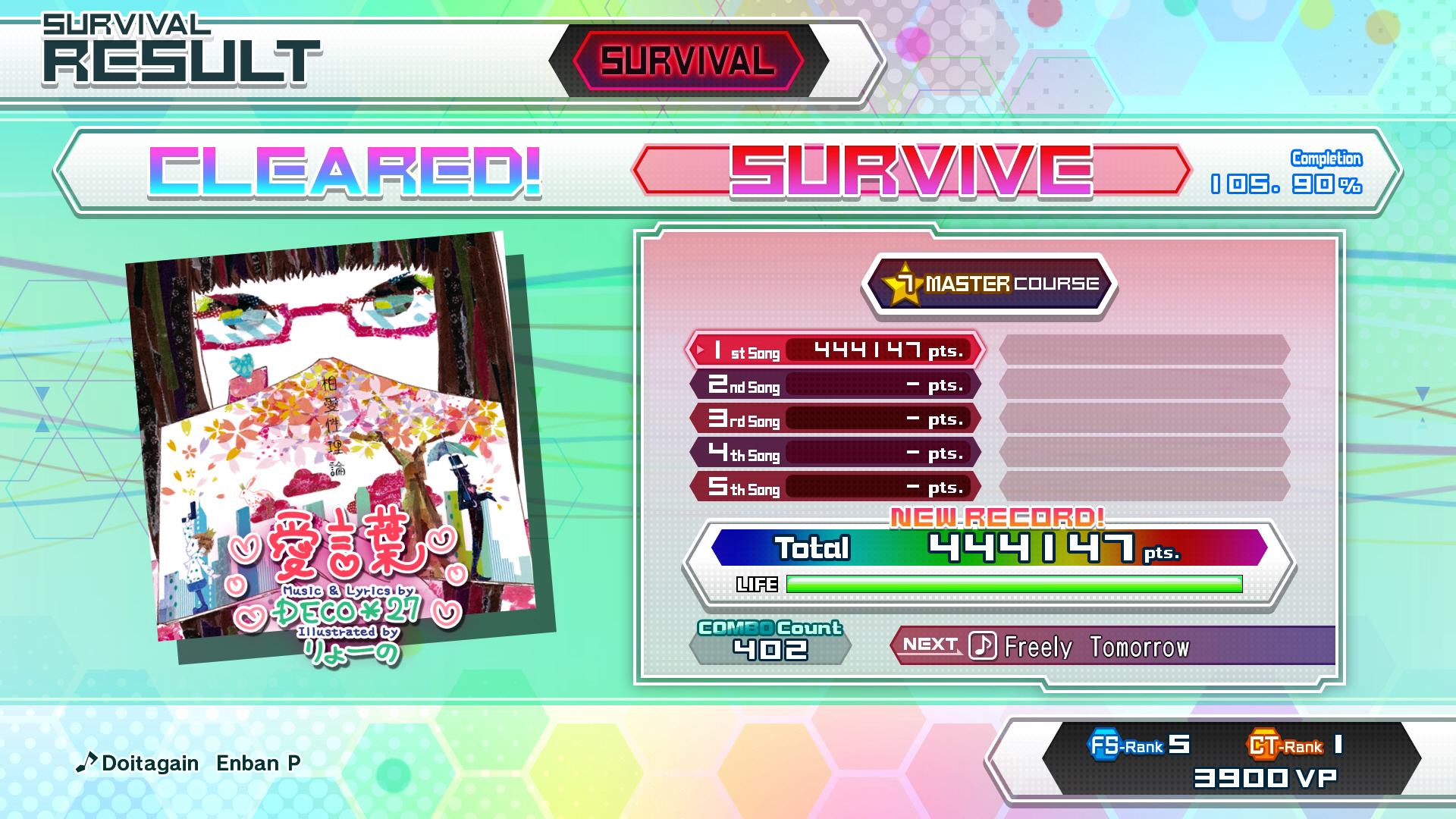
-
Hatsune Miku Project DIVA Future Tone
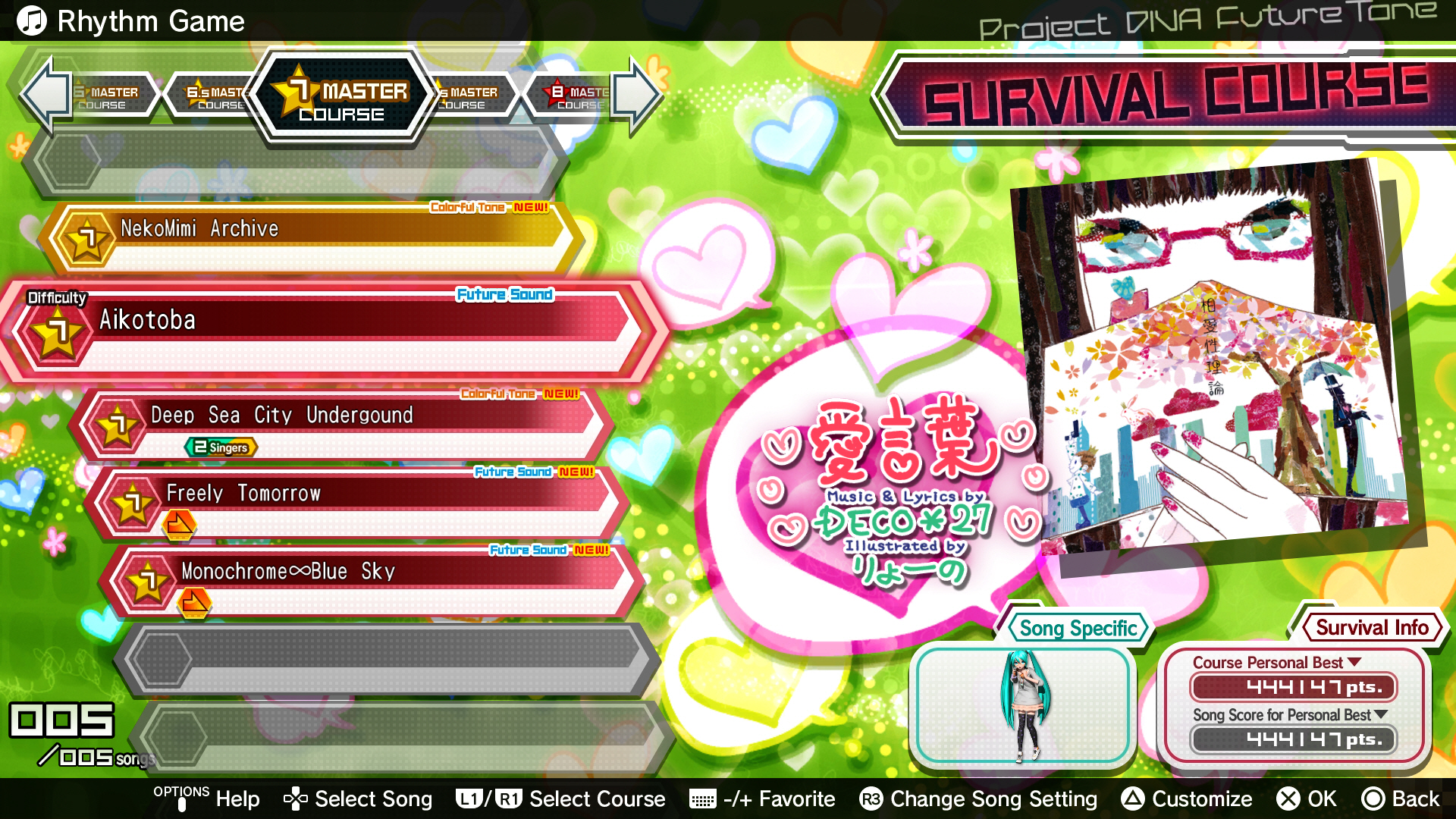
-
Hatsune Miku Project DIVA Future Tone
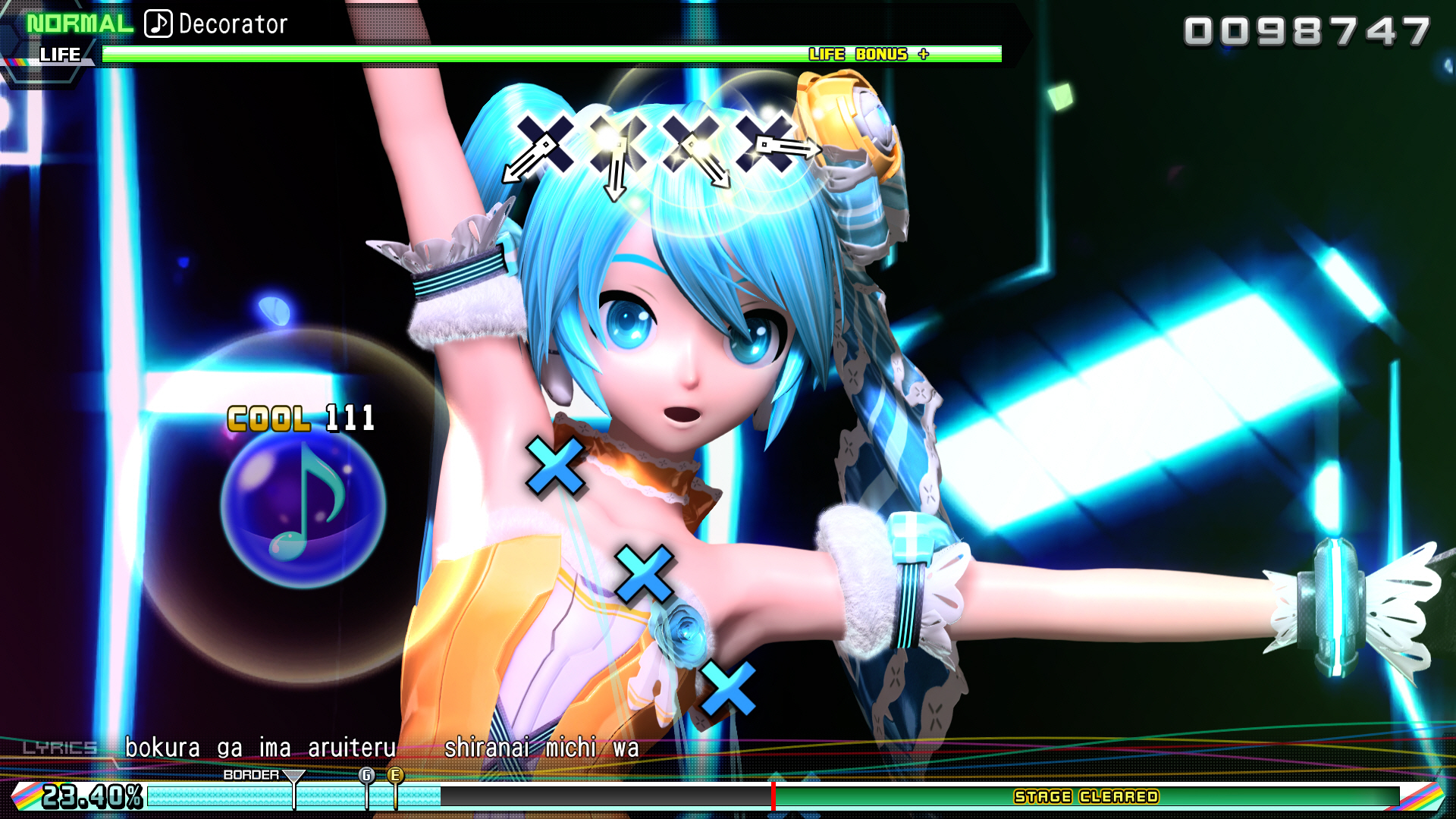
-
Hatsune Miku Project DIVA Future Tone
